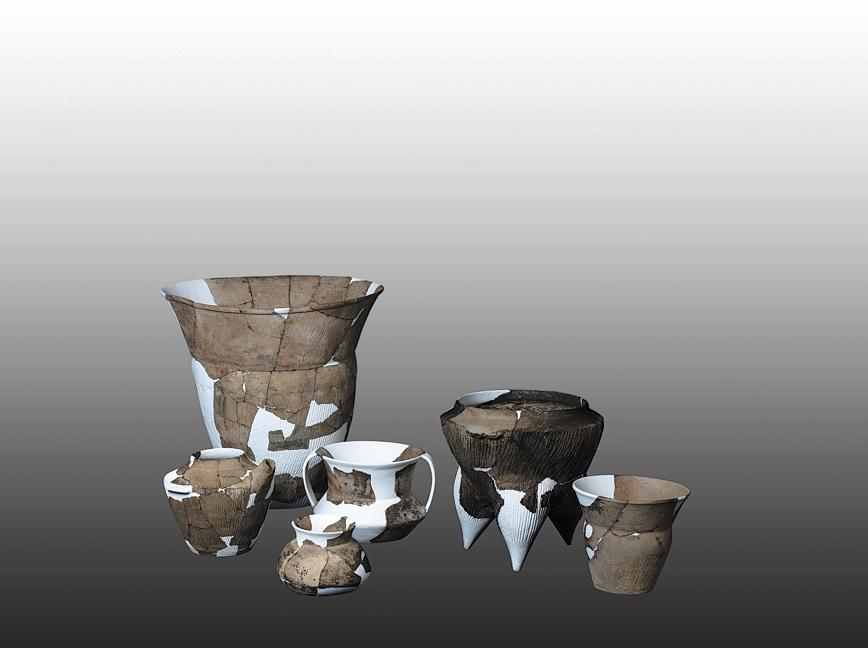Yinxu royal grave ruins on honor list


In addition to the royal mausoleum ruins at Yinxu, the top 10 list includes the crisscrossing road network at Erlitou in Luoyang, Henan province. The site is widely believed to have been the capital of the Xia Dynasty toward its end. The Xitou archaeological site in Xunyi county, Shaanxi province — with its high-level tombs and remains of an ancient city, believed to be the native place of the Zhou people — also made the final cut.
"The three sites have groundbreaking value," said Wang Wei, director of the Chinese Academy of Social Sciences' Academic Division of History.
Archaeologists were hugely surprised to find the fossil of a human skull, about 1 million years old, at the Xuetangliangzi site in Shiyan, Hubei province, last year. Labeled as"skull No 3 of the Yunxian man", it was found on May 18, 2022, exactly 33 years after "skull No 1 of the Yunxian man" was found nearby.
"Skull No 3 is the best-preserved skull fossil of its time ever found in the hinterlands of the Eurasian region," said Lu Chengqiu, leader of the archaeological team at Xuetangliangzi. The site is the one with the longest history that made it to the 2022 top 10 list.
"It (the fossil) is a world-class discovery; we have rarely ever found complete human skulls in Eurasia. ... It offers us important material to study human evolution in East Asia," said Chen Xingcan, director of CASS' Institute of Archaeology.
Last year, archaeologists found a makeshift human camp, dating back 11,000 to 15,000 years, at the Zhaojiaxuyao site in Zibo, Shandong province. There were remains of fireplaces, animal bones and pottery items.
"Discoveries made at the site filled the gaps in our understanding of the transition period between the Paleolithic and Neolithic ages. ... The site is helping us study the origins of agriculture and pottery in Northern China," Chen said.
Some archaeological finds last year shed light on how various ethnic groups communicated with each other in ancient times. For example, the grave complex at Dasongshan site, Gui'an New Area, Guizhou province, which spanned more than 1,400 years — from Western Jin Dynasty (265-316) to Ming Dynasty (1368-1644).
"The funerary objects unearthed include porcelain and bronze mirrors, with characteristics of the Central China Plain, and also cultural relics with the styles of other ethnic groups," said Huo Wei, a professor at Sichuan University in Chengdu.
The Shuomen port ruins in Wenzhou, Zhejiang province, is a classic example. Archaeologists have found architectural remains, shipwrecks and a large quantity of pottery and porcelain items at the site that was a port that prospered during the Song (960-1279) and Yuan (1271-1368) dynasties. "It is the most important discovery made in the country that is linked to the Maritime Silk Road," Huo said.
"Last year witnessed fruitful results in archaeological studies in China," said Guan Qiang, deputy director of the National Cultural Heritage Administration. "Active excavations made a better proportion of the archaeological projects, and scientific and technological measures played a key role in them," he added.


















